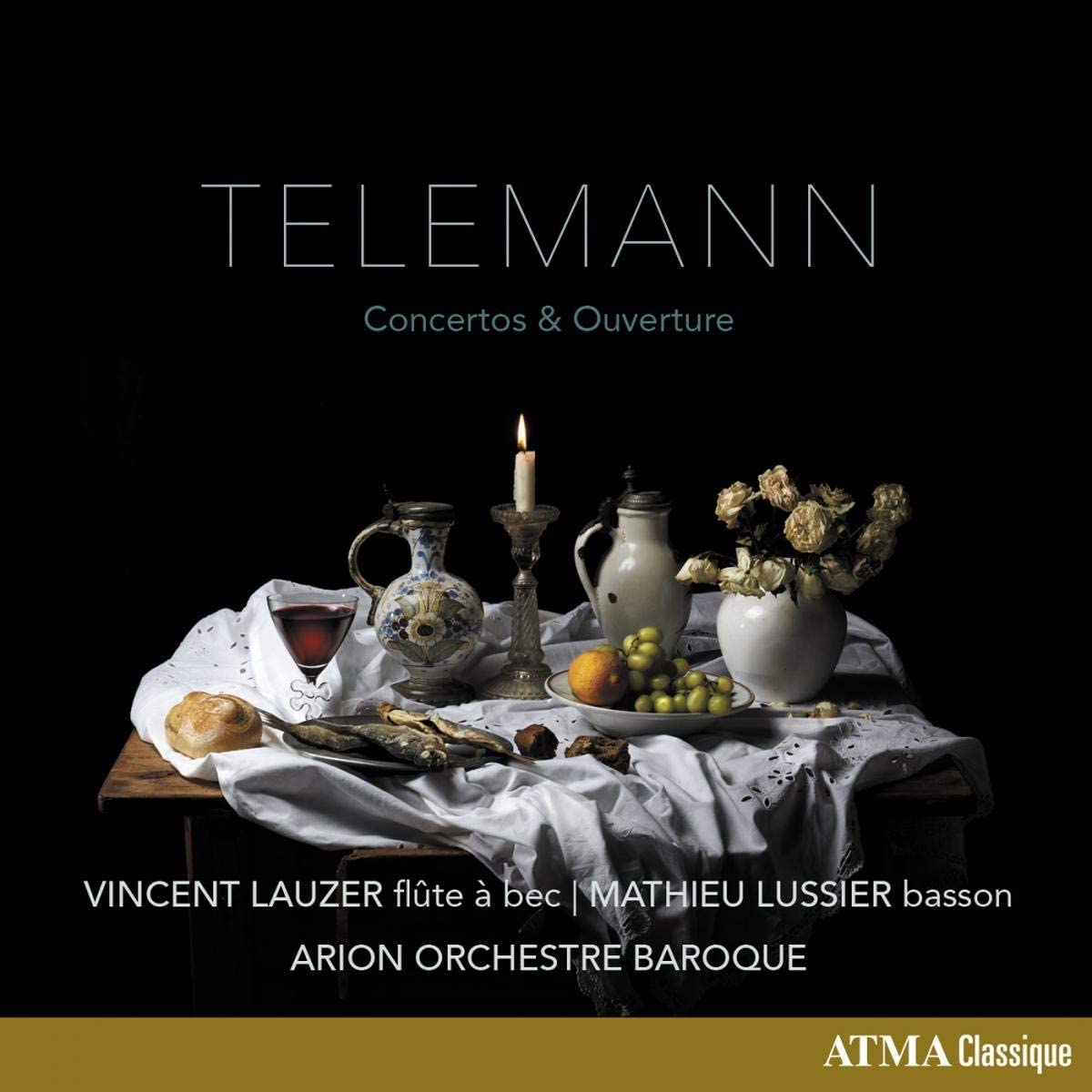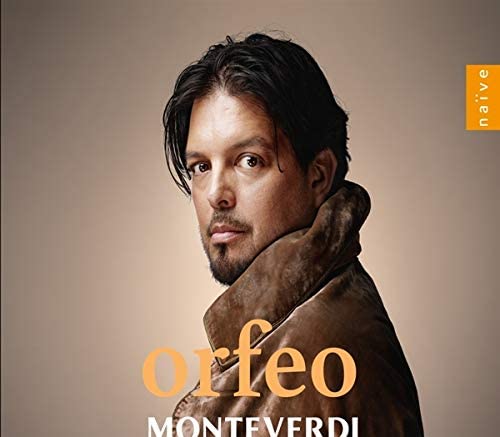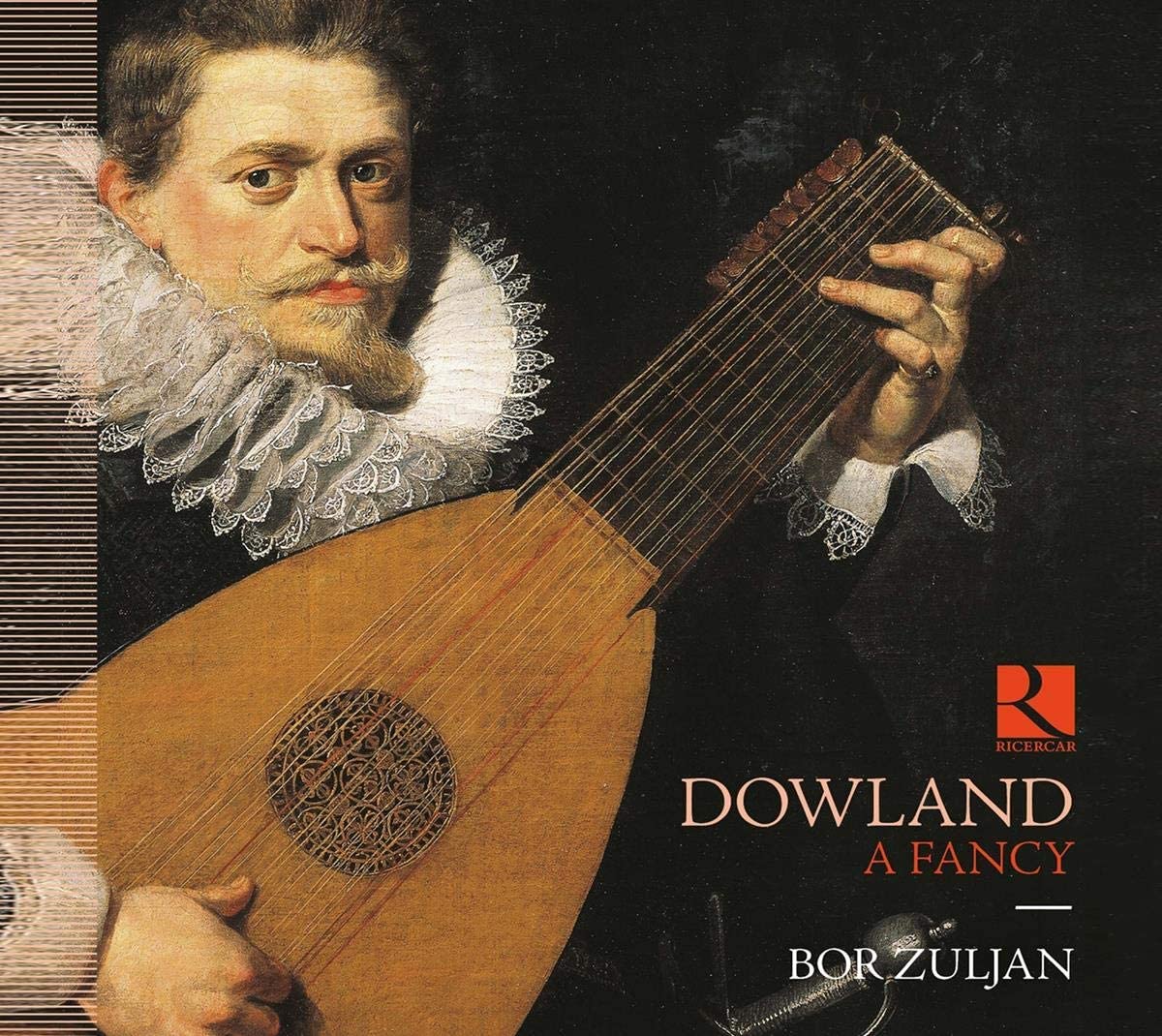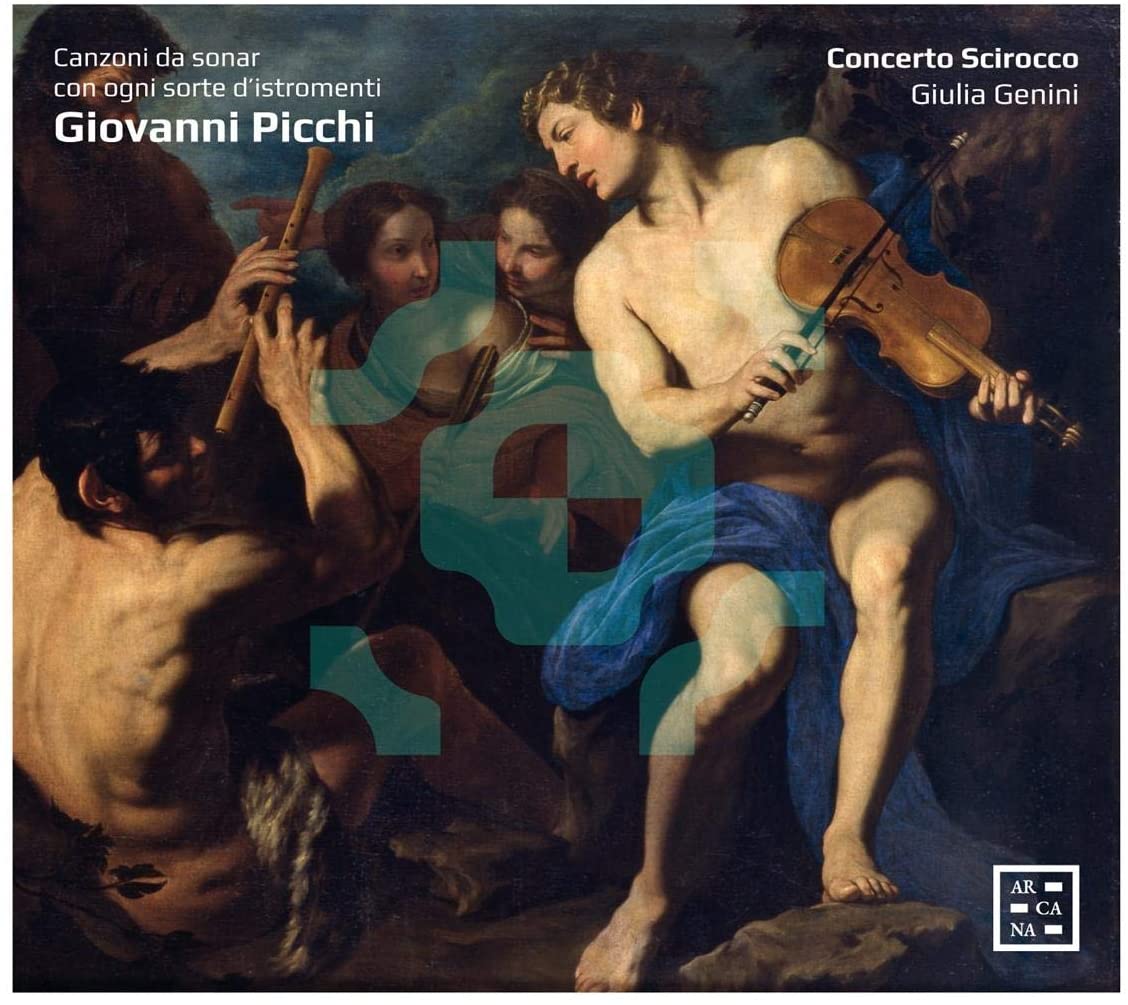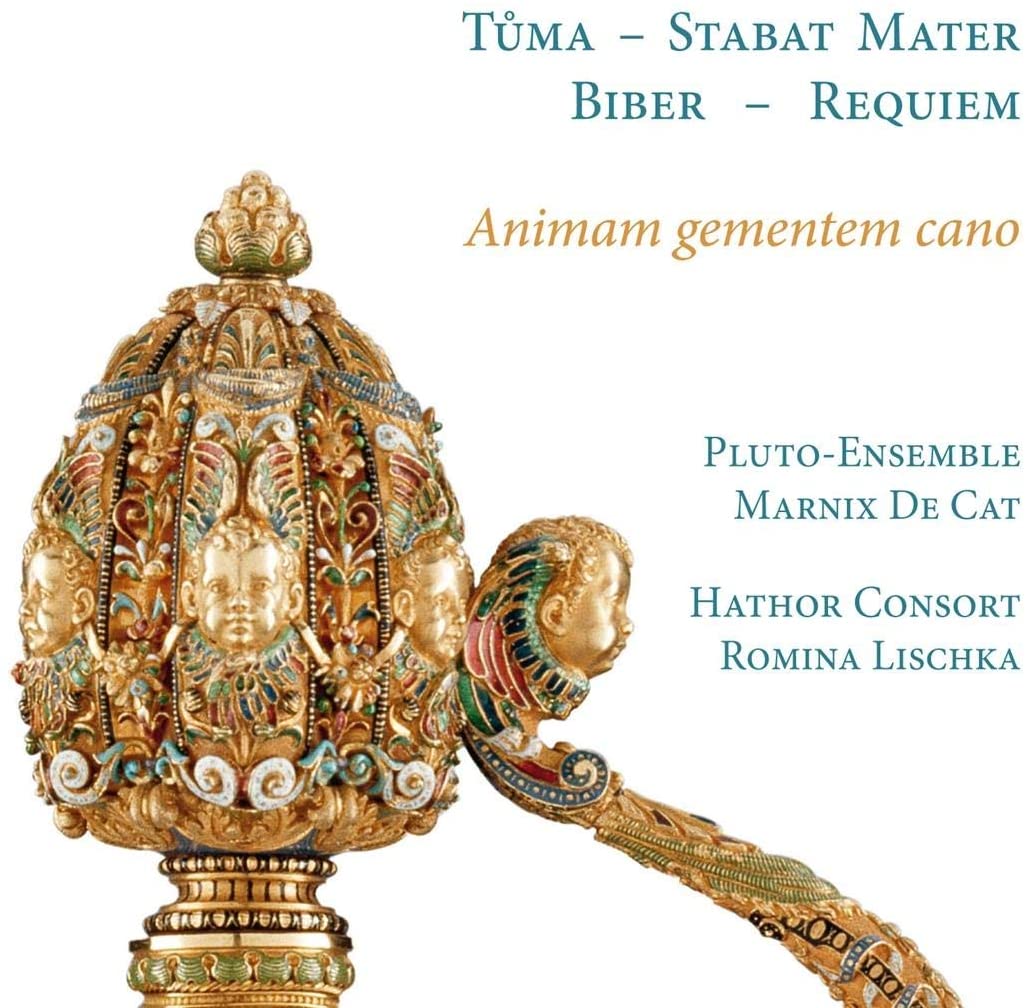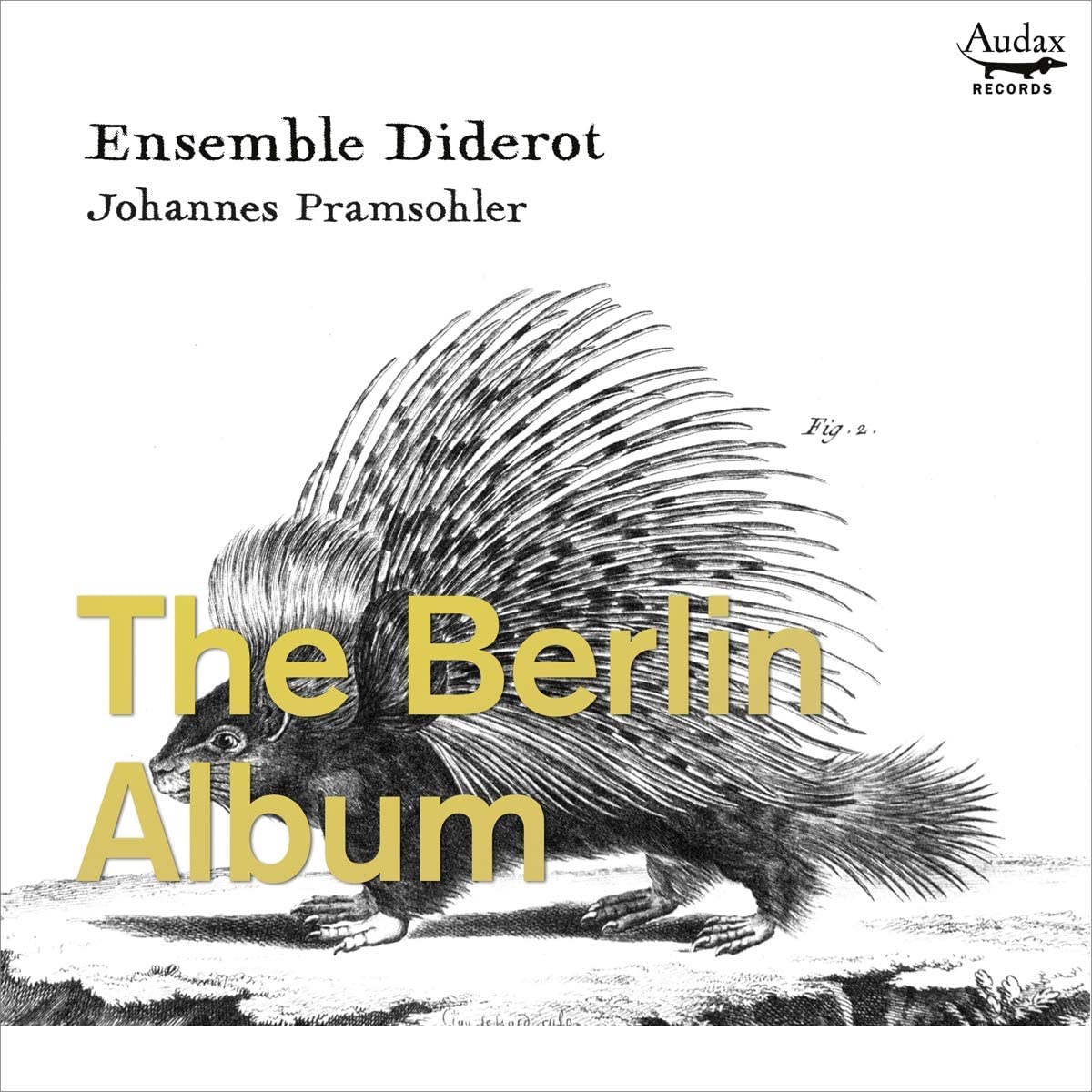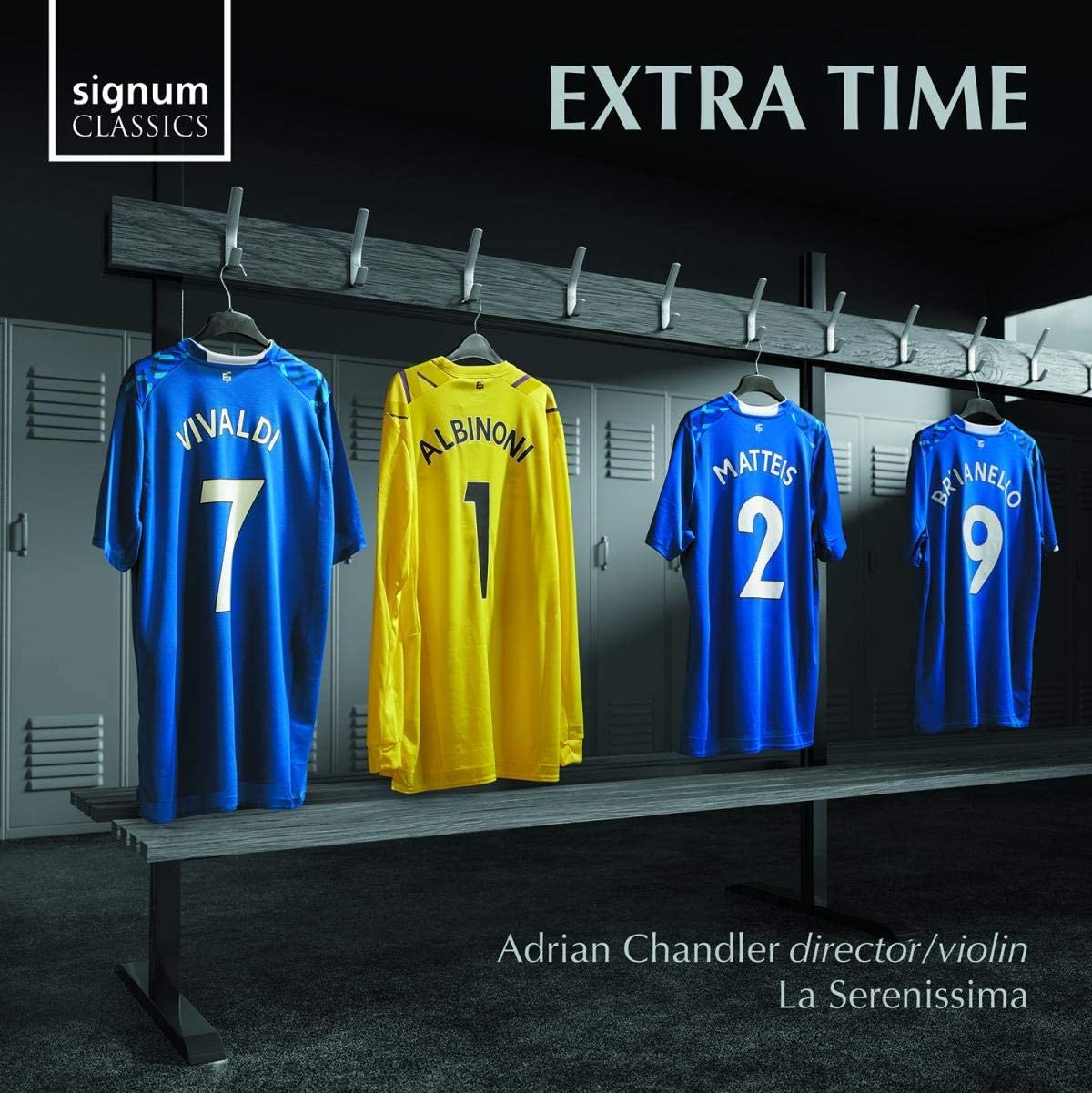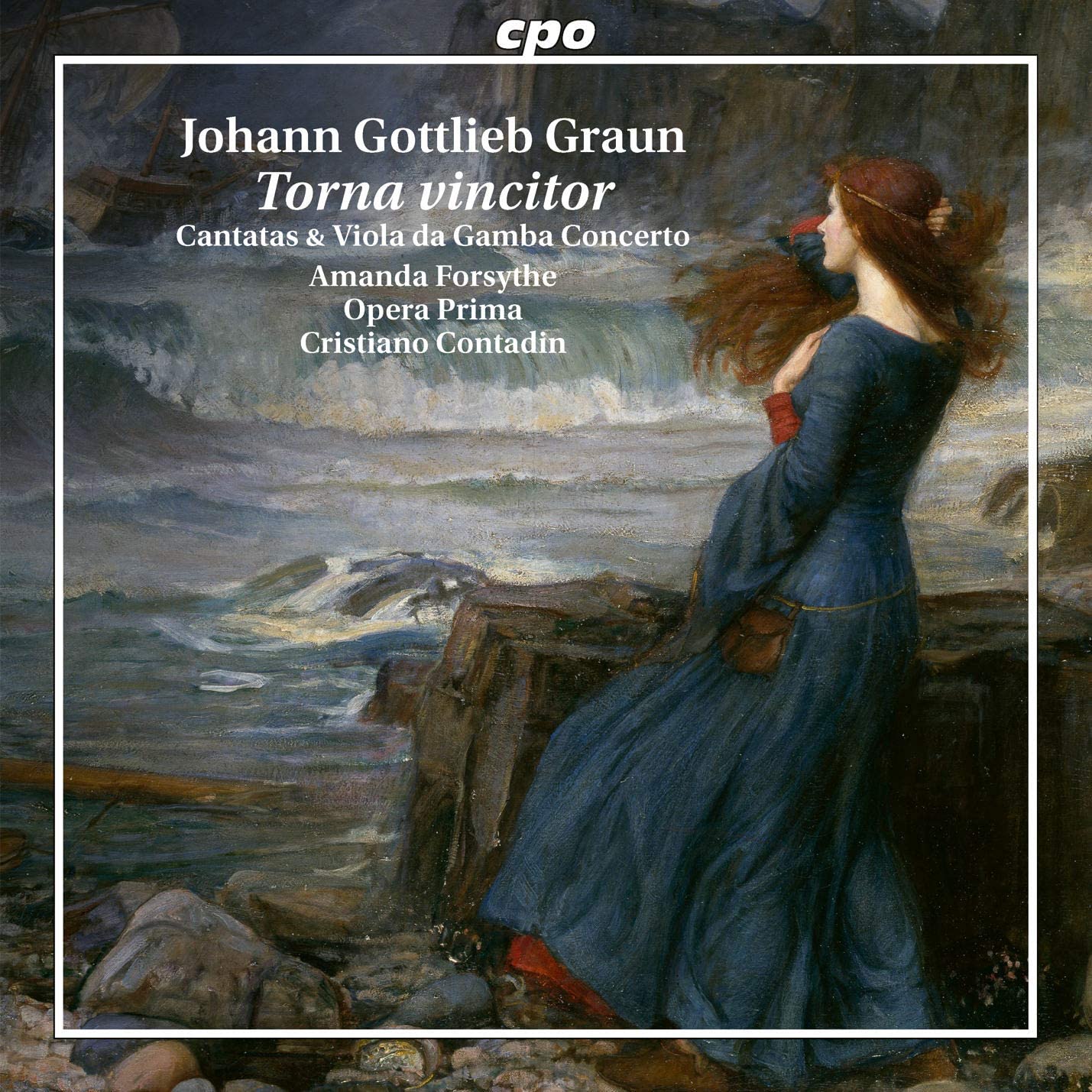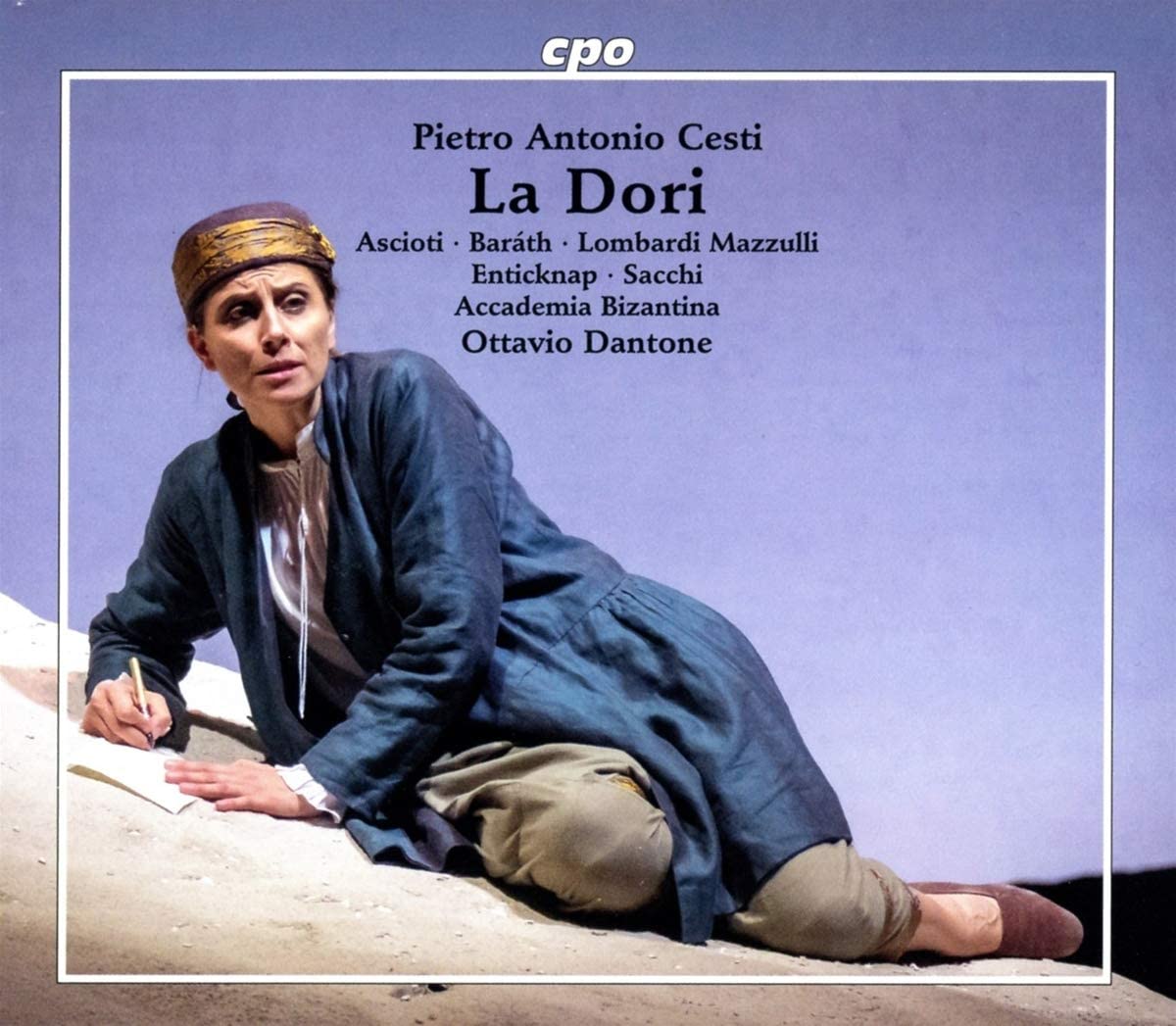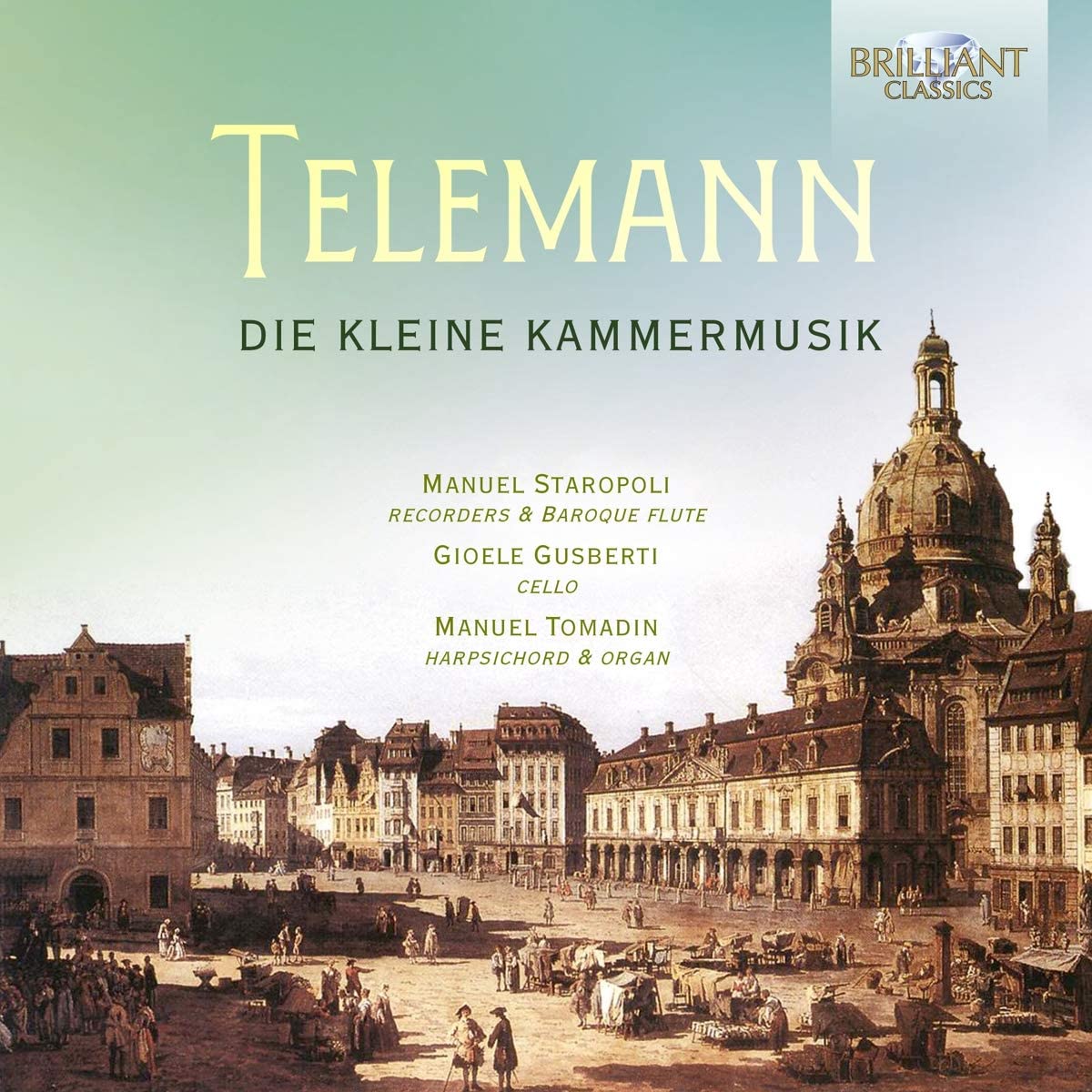Vincent Lauzer recorder, Mathieu Lussier bassoon, Arion Orchestre Baroque
60:03
Atma ACD2 2789.
Click HERE to buy this on amazon.co.uk
With “just” over an hour’s worth of music to savour here, we are treated to a vibrant and salient reminder of the fluent and mellifluent composing skills of this versatile master of mixed music tastes and guises. The extensive Ouverture-suite closing this disc provides ample proof of both qualities cited above with its refined subtleties and idiomatic twists… it really is akin to Lully with a twist or tweak or three!
It was J. A. Scheibe in his Critischer Musicus (1745) that pointed out Telemann’s prowess and impetus to popularise the ouverture-suite form in Germany and this area was cultivated from quite early on in his career. This fine G-major Suite belongs to a select group that takes us through ten well-crafted, beautifully contoured movements. The amazing flow of musical ideas, clever with subtle touches, displays an ability that Lully and others would have been very proud of. The suite most likely hails from the composer’s Frankfurt period.
After a perfectly observed Ouverture, we set off through the various movements, beginning with “Les Augures” (Omens/Signs) which poses the question, “good or bad?” And there is a brief hint of wincing to be heard! Possibly an allusion to scenes in the stock market on the first floor of his Frankfurt mansion? Splendid examples of the French dance forms feature too, not only a neat, formal Rondeau, but later a Gavotte en rondeau, all attesting to Telemann’s familiarity and playfulness with these dances. The transition is a real delight; going from 4. Entree into 5. La Joye, one feels the processional, joyful flow. Equally, when the emotional “brakes” are applied this overflowing buoyancy, the Sarabande and Plainte find a melancholic mood like tragic operatic nadirs. In many Suites the Gigue is a final fling, but not her;, the closing triple Menuets I-III add curtain-falling elegance to the musical trajectory. The playing by Arion Orchestre Baroque under Alexander Weimann is first-class, crisp, vibrant, and alert to the subtle dance mannerisms with “twists”. The two concerti expose the brilliant combined talents of Vincent Lauzer on recorder (who, with that blistering ease “à la Steger”, is yet another dazzling virtuoso on his chosen instrument!) and the equally gifted Mathieu Lussier on bassoon in the F-major work, which opens in quasi-pastoral mode, their superbly interwoven dialogue is captured with great relish and responsiveness;, especially in the final Allegro. The overall playing standard is as expected, exceptionally high, and the recorded sound many could merely envy! Viva Arion!
David Bellinger
Bravo to Dr Ian Payne (Severinus Press) for conflating the various copied versions for the first edition of the Suite used by Arion for the present recording
